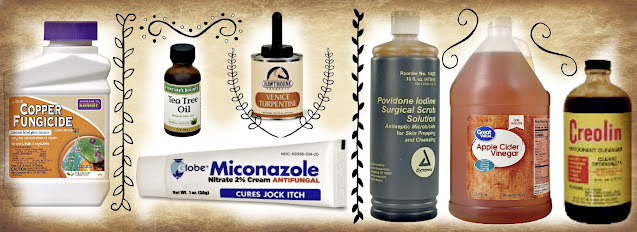This is all advice by Cheri Wolfe, given on her website, WolfeRanch.com. I have edited the original a bit, but this is pretty close to her post.
These tips not only make a horse more confident, but they should also make the rider more confident as well.
1. The main thing you are looking for from your horse is OBEDIENCE. Quick and full response to your aids and requests without a fuss. If you say walk on, the horse does so promptly and without argument. Same with stop, turn here, etc.
2. Your horse doesn't get to look at every new or different thing and decide if it's okay. YOU decide if it's okay, and if so, the horse needs to trust you, and not his natural instincts to bolt and run from any potential threat. As the leader, what you say goes. A foal will follow it's mother across a raging river because he trusts her. If you tell your horse that flapping tarp is OK, then he must trust you and have no more questions about it.
3. If you get in the habit of "showing" a horse everything he is fearful of, they get into the habit of stopping to check out anything new or strange. Not acceptable if you are galloping a cross country course, or trying to get to a stuck cow. The habit you DO want to reinforce is to go past, over, or through anything that you ask him to.
4. The horse either has to become the leader and figure out everything for himself, or he has to let you be the leader. I believe I am smarter when it comes to identifying actual dancer, know where I am going and what I want to do, and he doesn't get to have an opinion about it. Nervous, spooky, 'refusing' horses are most of all 'worried'. As a prey animal, they are supposed to be worried about them and the horses behind them when they are the leader. When YOU are the leader, they are not worried about anything, and are much happier and calmer.
Tips for how to accomplish this while riding:
1. Look out past or beyond the scary obstacle. Ride with the resolve of a person on a mission who needs to get somewhere quickly. This subconsciously makes you more assertive, and the horse reads this as confidence. Don't look down at your horse, look at the place you are going! If you look for spooky stuff, you will certainly find it!
2. Don't ride straight toward a scary thing you can go around or past. (e.g., recently on a trail ride, there was a bright shiny Mylar balloon on the trail. I managed to get around it by deviating into the woods a bit to add a little more distance). As you pass the scary thing, bend the horse's head away from it and shoulder towards it. Once past, reverse direction TOWARD the object (don't turn tail to something scary, that is retreat), and pass it again in a shoulder-in same as before (head away, shoulder towards thing). Repeat until there is no tension.
3. If the horse isn't trained enough to know how to leg yield, another option is to ride "hard and fast"... at least, go faster (trot rather than walk), cover more ground, go over rough ground, distract the horse with more pressure. Use tools to get the horse's attention back on his job and on you. Focus on where you are going, not the object. Ideally, if time allows, you should then repeatedly pass the object until the horse thinks nothing of it. (Hence why you should never be in a hurry when riding... training issues need to be dealt with and not put off).
4. Before hitting the trail, make sure you have control of your horse's feet and good forward impulsion. When you ask a horse to walk on, it should be a bold, working walk. If not, make him halt and ask him again to walk on, using crop of a strong thump of your legs if need be to get a good forward walk. Ask him to yield his head to both sides, and practice the one rein stop.
5. Never accept less than full obedience. Finish what you start. If your horse decides it is not going to cross the stream and stalls out, threatens to rear, starts backing up, keeps whirling, etc., you have to MAKE him do it. If you can't ride him across at first, lead or ground drive him, then ride him. Use crop or spurs if necessary, but he cannot be allowed to win the battle. If he does, he will try that much harder the next time he doesn't want to do something, and you quickly have a dangerous horse on your hands.






































